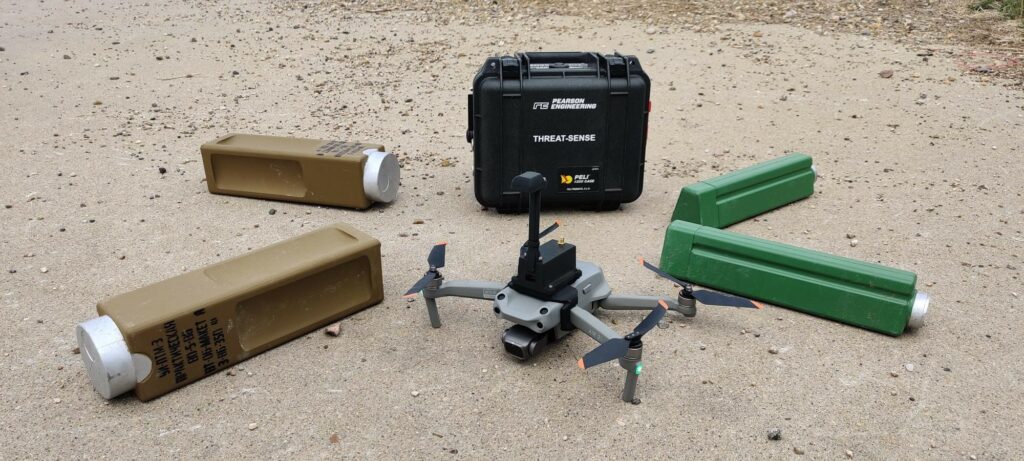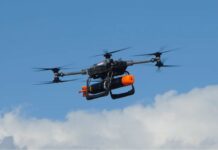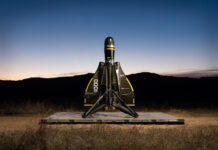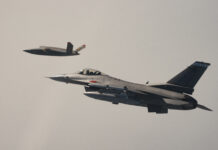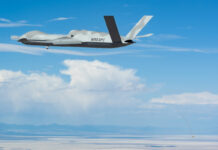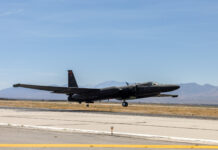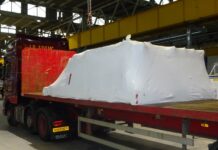Pearson Engineering has developed its existing ground-laid ordnance detection technology, Threat-Sense, to support the identification of threats to mobility with the use of uncrewed aerial vehicles (UAVs), the company announced on 12 December 2023.
Using artificial intelligence and robust synthetic threat libraries, Threat-Sense can detect anti-tank and anti-personnel mines and indicate to operators in varying environmental conditions where threats are present.
Threat-Sense, which has seen demonstrable success in end-user trials, was initially designed to provide increased situational awareness to vehicle commanders and has been proven when integrated with platforms such as the Foxhound protected patrol vehicle, HX60 truck, Patria Armoured Modula Vehicle 8×8 and TRX 2 robotic combat vehicle.
Building on user feedback through detailed collaboration with international science and technology organisations, Threat-Sense was evolved by Pearson Engineering’s Unmanned Solutions team for integration with a UAV to assist enhanced reconnaissance and give a greater stand-off range from the vehicle.
The integration, now proven with NATO allies at the Suffield Research Centre in Canada, complements the suite of ordnance-defeating technologies already in Pearson Engineering’s product range.
Using a commercially available, off-the-shelf quadcopter UAV, operators can control Threat-Sense from a range of up to 5 km, substantially reducing the risk to personnel and providing an additional method of surface-laid threat identification.
Threat-Sense is compatible with any UAV capable of providing a sufficient video feed. Depending on requirements, its processing unit can be mounted on the UAV with on-edge processing or it can draw from the UAV’s video feed for ground-based processing.
Threat-Sense logs all of the detected threats with unique identifiers, GPS markers and timestamps and has the ability to network information via an Android Team Awareness Kit (ATAK) or data distribution service in real time.

“Through research, observation and collaboration with the commanders of armoured vehicles, we began to understand the huge volume of information that they receive and must be aware of,” a source within Pearson’s Unmanned Solutions engineering team was quoted as saying. “Threat detection is one such task with fatal consequences if sufficient intelligence is not available. Threat-Sense is designed to support commanders, providing them with real-time, artificial-intelligence-enhanced threat information through a simple and intuitive user interface.”
Pearson Engineering’s range of ordnance-defeating products includes the internationally deployed Route Opening Mine Plough, Self-Protection Mine Plough, Route Proving Roller, Self-Protection Roller and Surface Clearance Device.
Threat-Pathway, a newer development designed to provide a rapidly deployable scatterable mine clearance capability to combat vehicles and combat support vehicles has also recently taken part in a number of end-user demonstrations and trials.
